Two stationary soruces of sound, S1 and S2 having an equal frequency are fixed some distance apart. The position A is left of S1 , position B in the middle of the two sources and positionC is to the right of S2. An observer starts moving with velocity V0 from position A towards S1, then
beats for three position A,B and C will be heard
beats will be heard from A and C but not in case of B
beats will be not heard for A and C but will be heard for B
beats will be not heard for three position of A,B and C
The correct Answer is:C
Step by step video, text & image solution for Two stationary soruces of sound, S_(1) and S_(2) having an equal frequency are fixed some distance apart. The position A is left of S_(1) , position B in the middle of the two sources and positionC is to the right of S_(2). An observer starts moving with velocity V_(0) from position A towards S_(1), then by Physics experts to help you in doubts & scoring excellent marks in Class 12 exams.
Topper's Solved these Questions
Similar Questions
Three sources of sound S1,S2 and S3 of equal intensity are placed in a straight line with S1S2=S2S3 shown in the figure. At a point P, far away from the sources, the wave coming from S2 is 120∘ ahead in phase of that from S1, Also, the wave coming from S3 is 120∘ ahead of that from S2. What would be the resultant intensity of sound at P ?
 View Solution
View SolutionTwo source of sound, S1 and S2, emitting waves of equal wavelength 2cm, are placed with a separation of 3cm between them. A detector can be moved on a line parallel to S1S2 and at a distance 24cm from it. Initially, the detecor is equidistant from the two sources. Assuming that the waves emitted by the sources are in phase, find the minimum distance through which the detector should be shifted to detect a minimum of sound.
View Solution
Knowledge Check
- Question 1 - Select One
Two stationary soruces of sound, S1 and S2 having an equal frequency are fixed some distance apart. The position A is left of S1 , position B in the middle of the two sources and positionC is to the right of S2. An observer starts moving with velocity V0 from position A towards S1, then
Abeats for three position A, B and C will be heardBbeats will be heard from A and C but not in case of BCbeats will be not heard for A and C but will be heard for BDbeats will be not heard for three position of A, B and C - Question 2 - Select One
A particle starts moving with constant, velocity v=ms, from position x=5m The position time graph will be
A B
B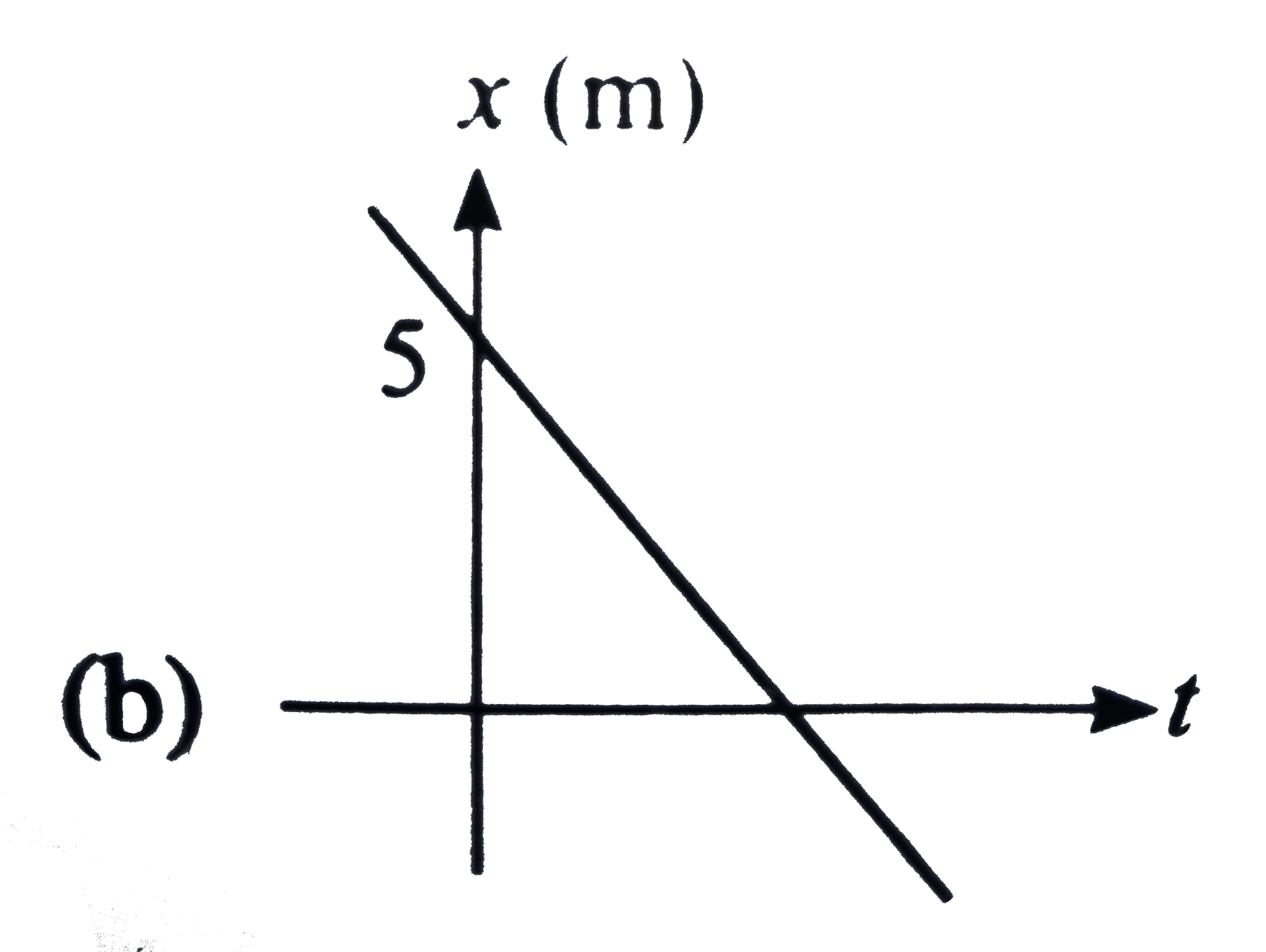 C
C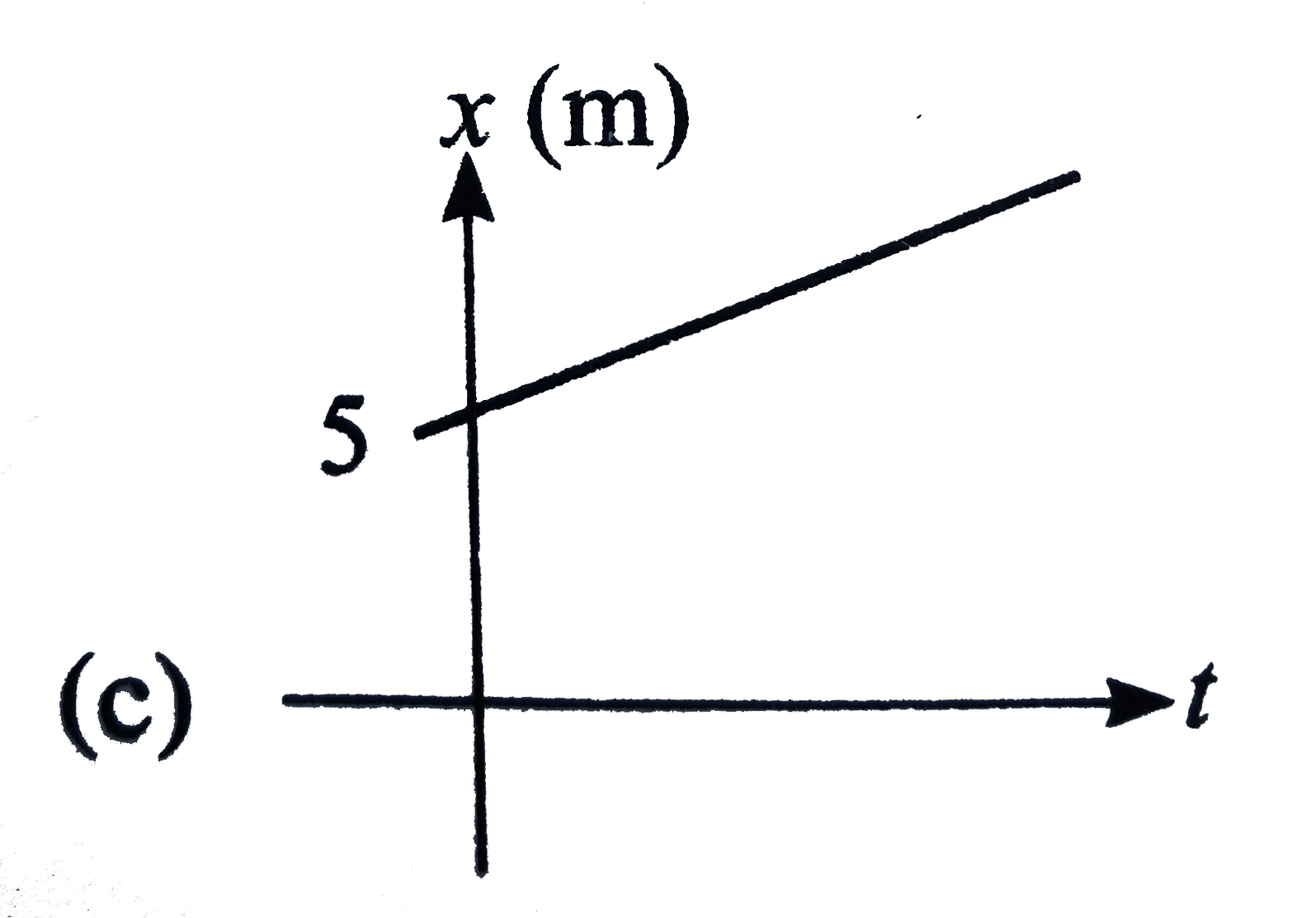 D
D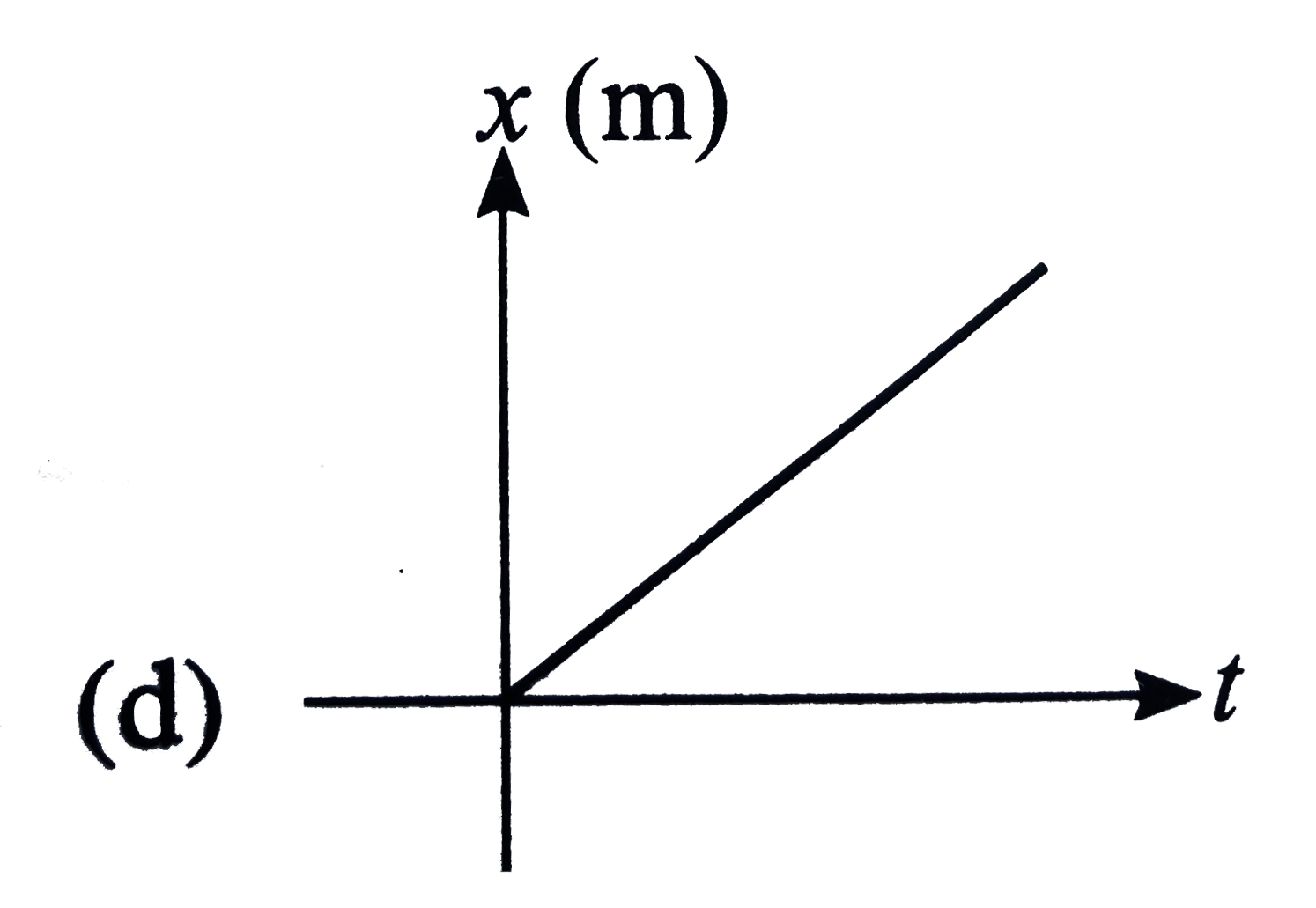
- Question 3 - Select One
Two sources S1andS2 of sound having frequencies 338, 342 Hz are separated by a large distance. The speed of sound is 340 m/s. The velocity of the observer who is moving from S2 to S1 so that he does not hear any beats is
A1 m/sB2 m/sC3 m/sD4 m/s
In an interference experiment, the two slits S1andS2 are not equidistant from the source S. then the central fringe at 0 will be
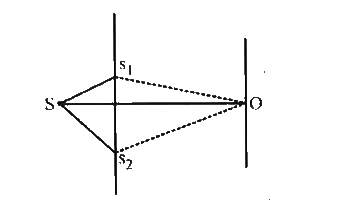 View Solution
View SolutionS1 and S2 are two sources of sound emitting sine waves. The two sources are in phase. The sound emitted by the two sources interfers at point F. The waves of wavelength :
 View Solution
View SolutionConsider two coherent, monochromatic (wavelength λ) sources S1andS2, separated by a distance d. The ratio of intensities of S1 and that of S2 (which is responsible for interference at point P, where detector is located) is 4. The distance of point P from S1 is (if the resultant intensity at point P is equal to 94 times of intensity of S1) (Given : ∠S2S1P=90∘,d>0andn is a positive integer)
View SolutionIt takes 1 s for the bob to moves from one extreme position to other extreme postion. Then the time period of the pendulum is ______ s.
View Solution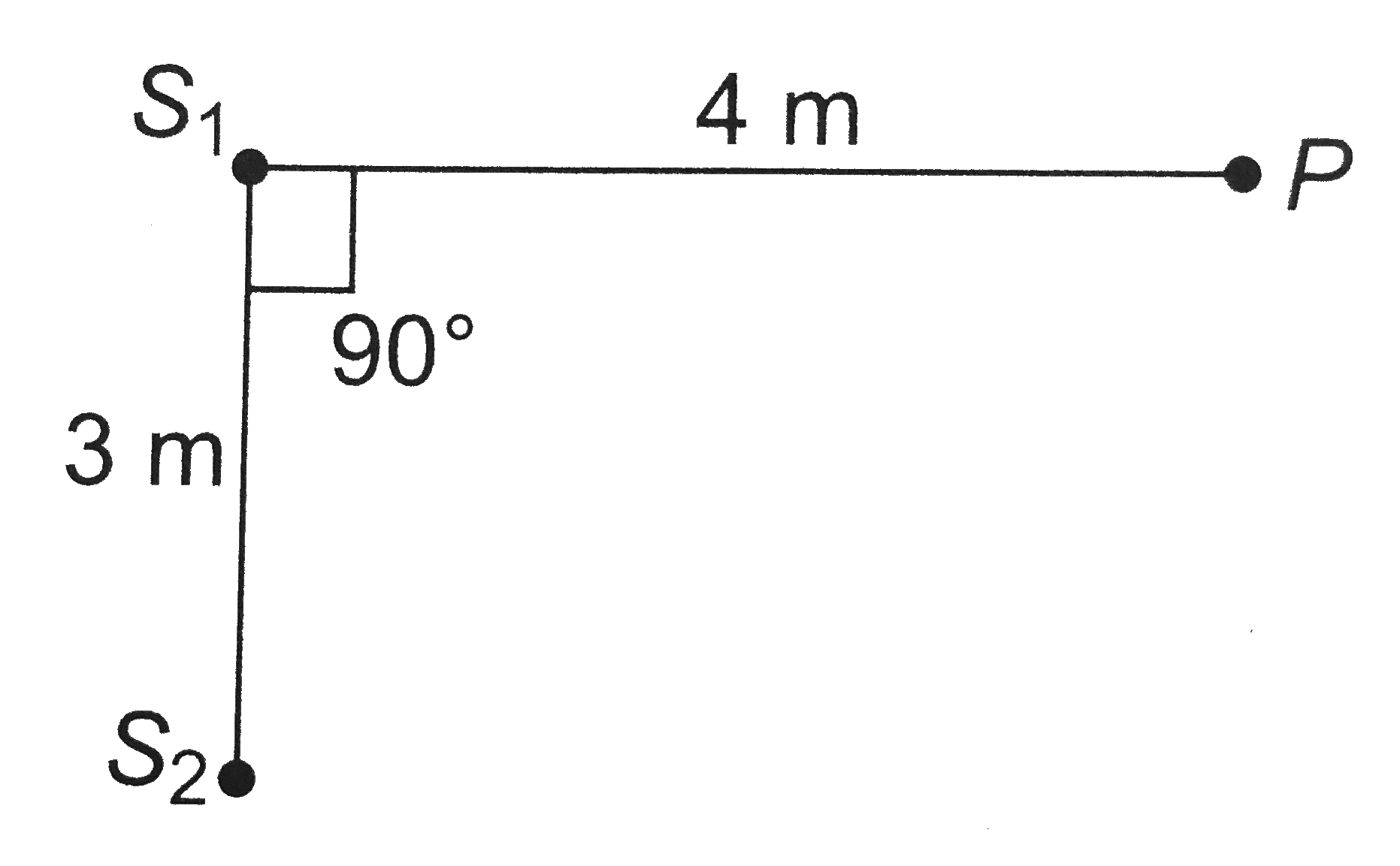
S1 and S2 are two coherent sources of sound of frequency 110Hz each they have no initial phase difference. The intensity at a point P due to S1 is I0 and due to S2 is 4I0. If the velocity of sound is 330m/s then the resultant intensity at P isView Solution

